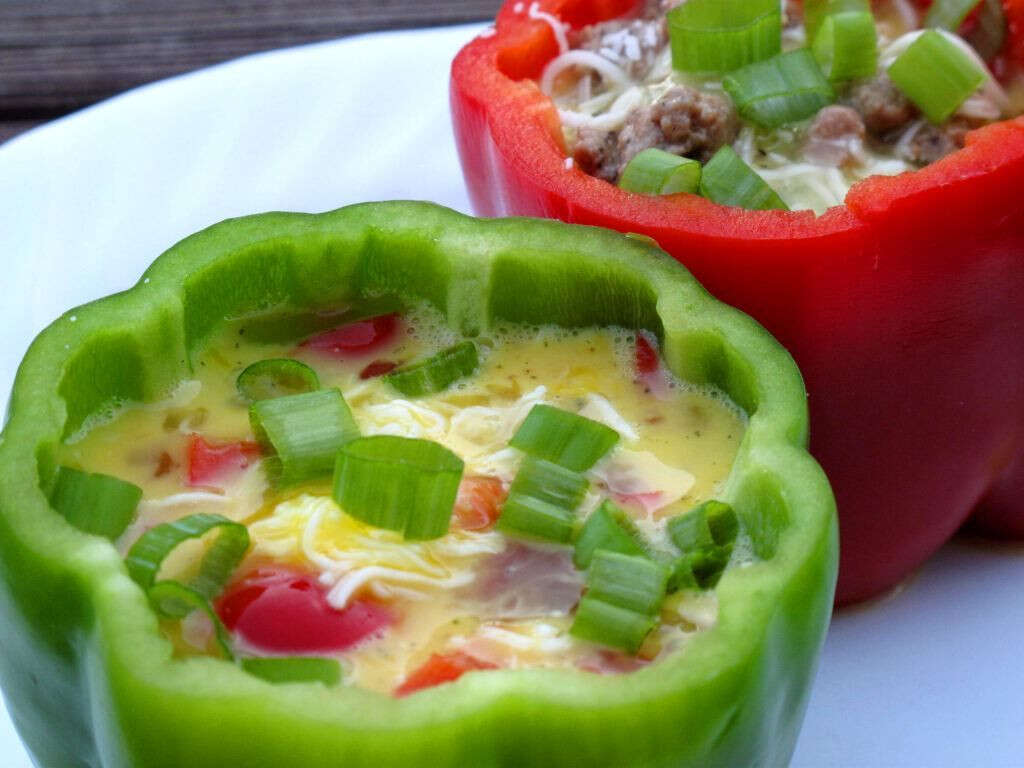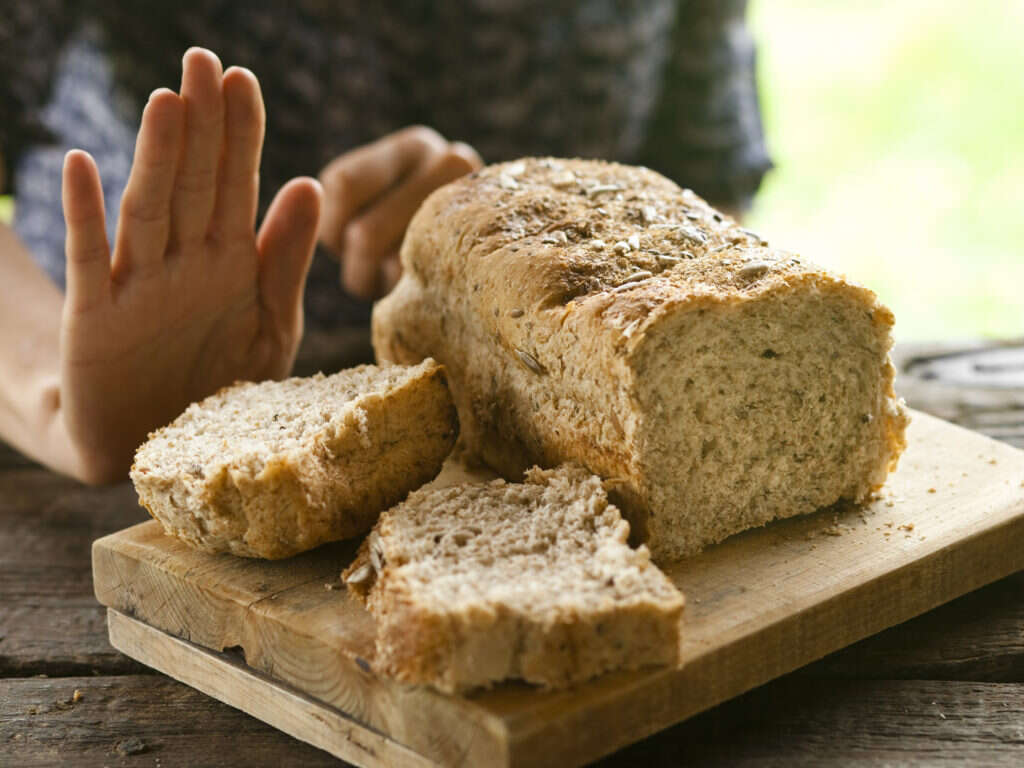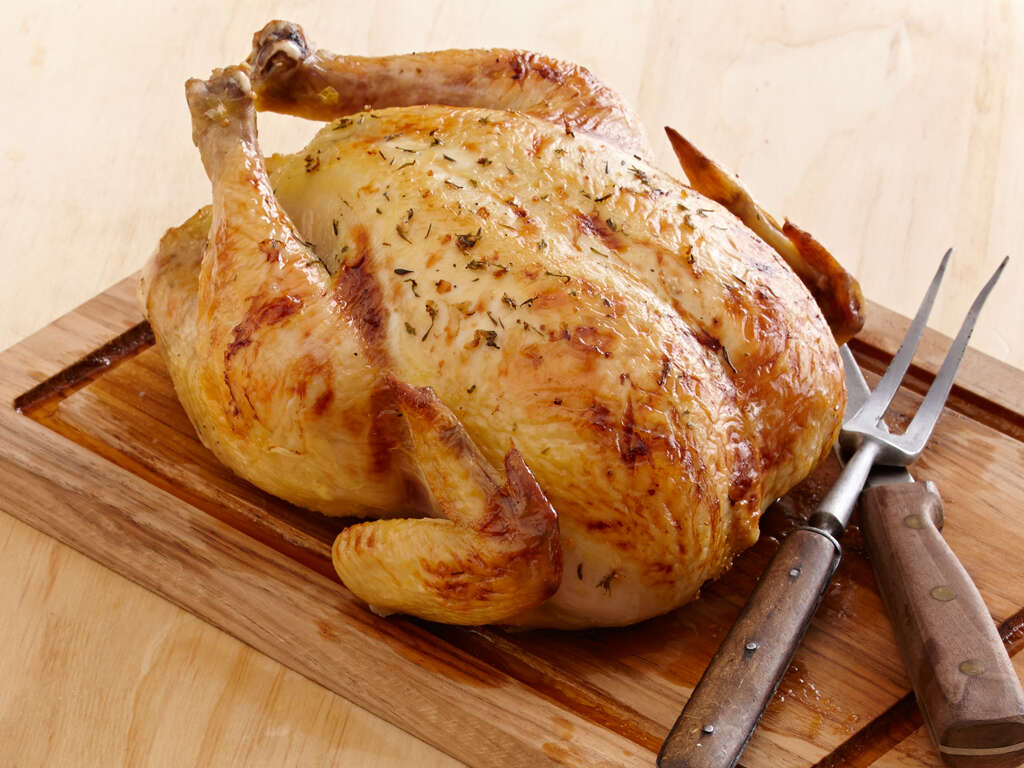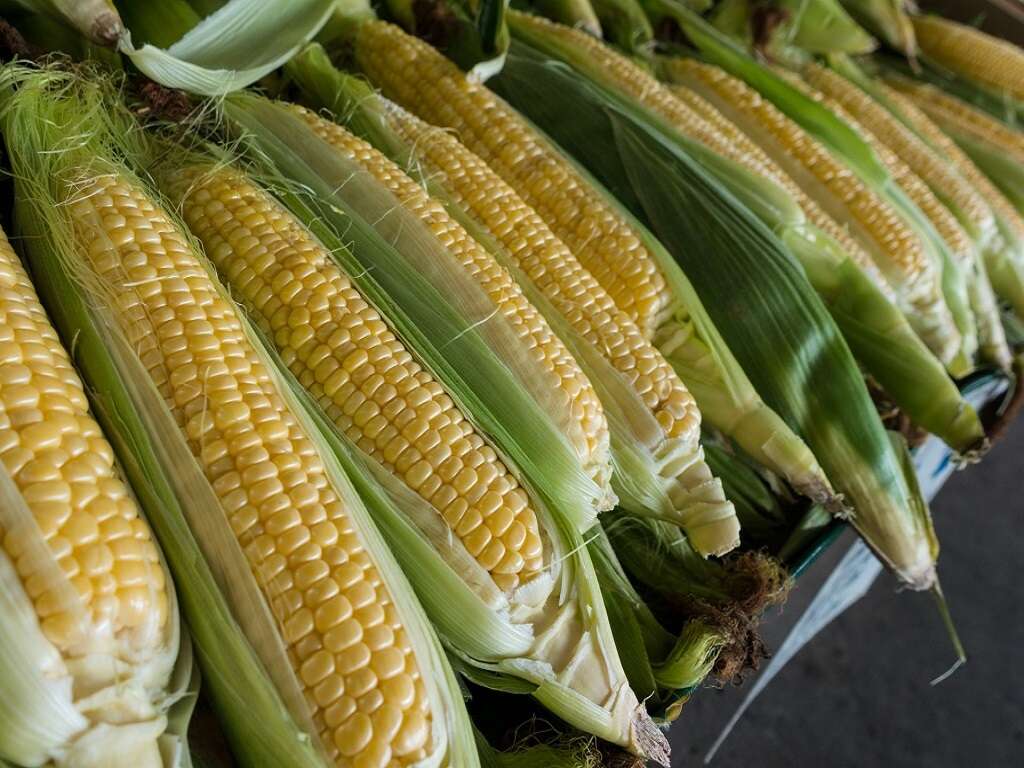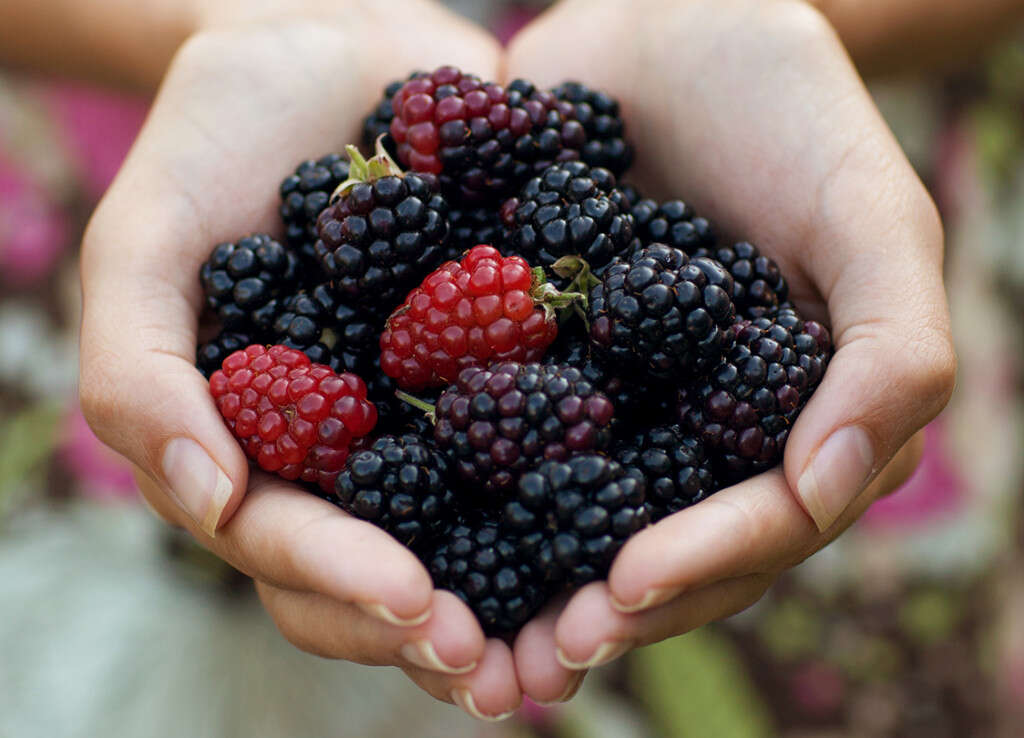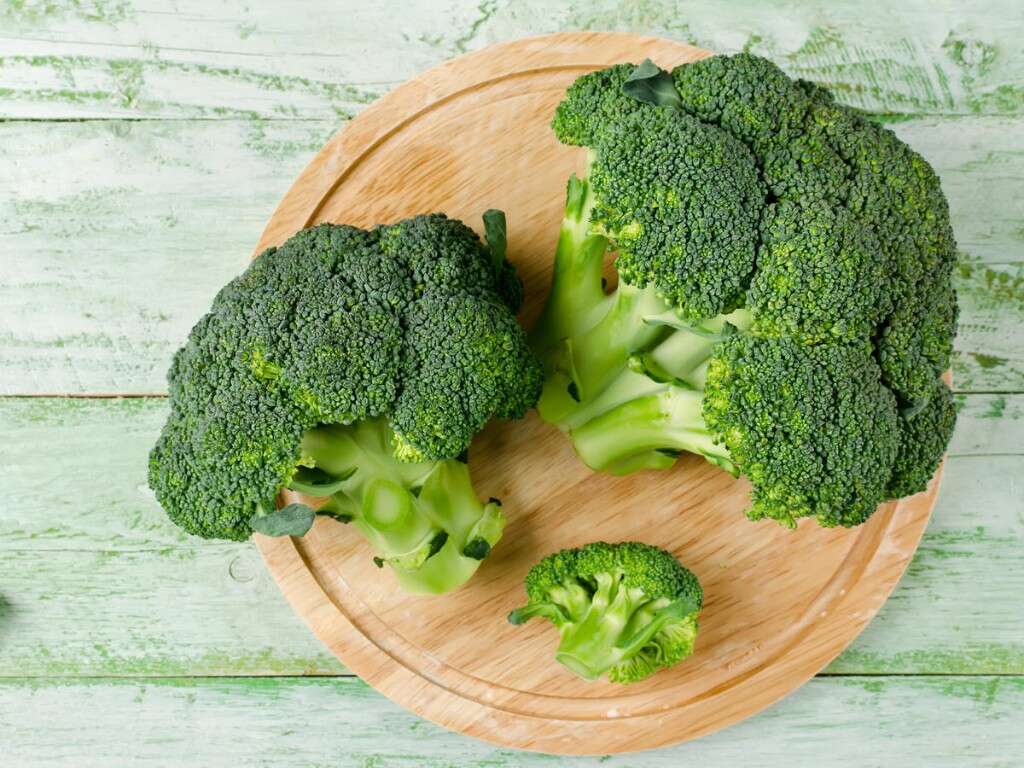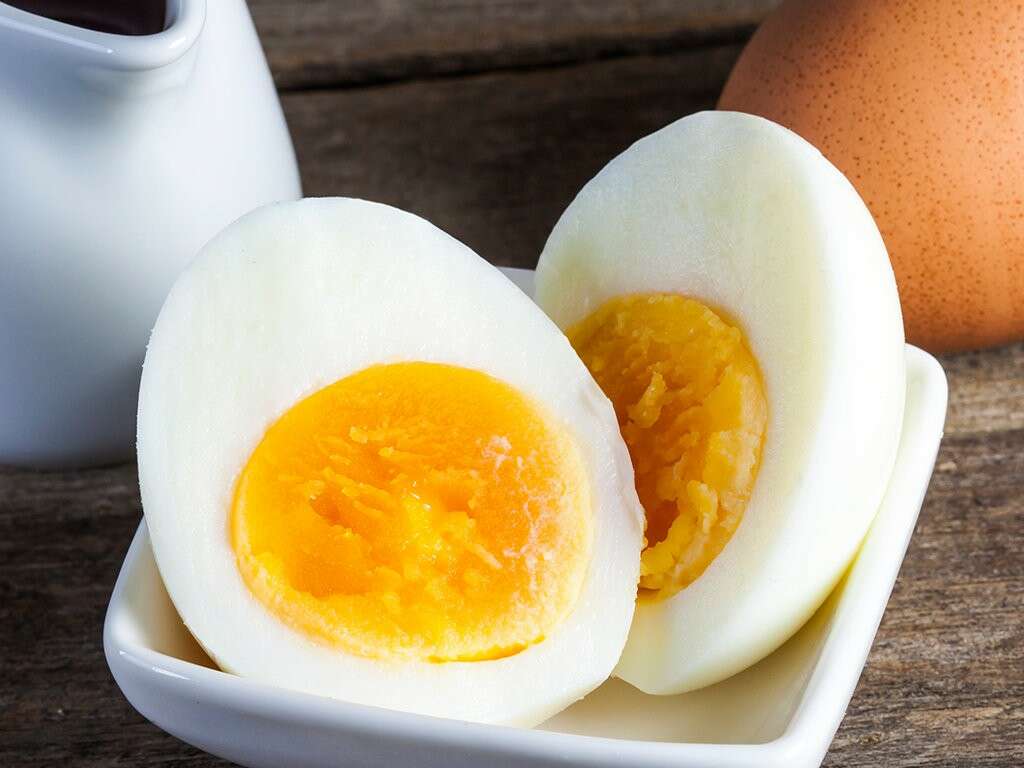10 Filling Low Calorie Foods
Satiety is the feeling of fullness after we eat a meal. A scale called the satiety index measures this effect. If you have issues with “never feeling full” it may be because you are eating foods with a low satiety index. This means the food you are eating is not providing enough to satisfy hunger.
Focusing on foods that have a higher satiety index may help reduce calories consumed throughout the day and prevent urges to snack in between meals. Foods that are high in protein and fibre tend to be higher on the satiety index. The combination of protein and fibre can help keep one satisfied with only a modest caloric intake.
Therefore, foods such as candy, cookies, ice cream and candy bars may not be the best snack as they lack protein and fibre. Adding high satiety foods to your meals, even ones that are in combination with some of your favorite deserts, could at least help you feel fuller and satisfied without the expense of consuming too many calories.
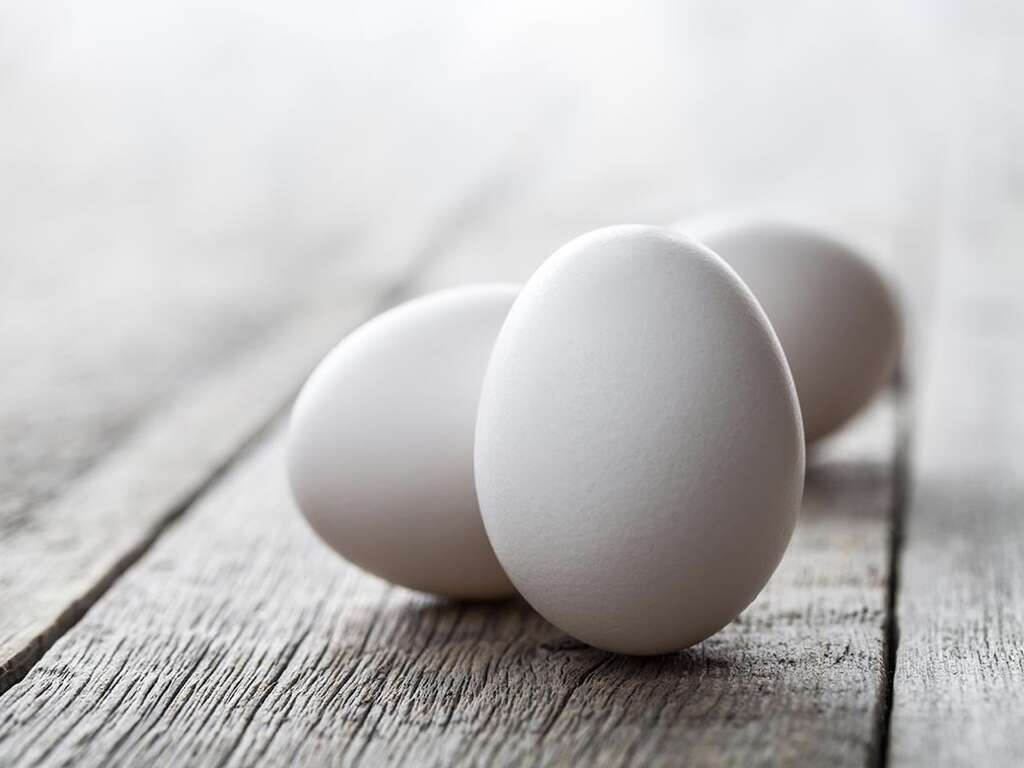
Food #1: Boiled Potatoes
Potatoes get a bad rep as they are a starchy food. However, in moderation, potatoes can be a very healthy and filling food. Of course, this does not include everyone’s favorite french fry, as the peeling and frying of the food strips its healthy components and the oil packs on the calories.
When eating potatoes, keep the skin on as this provides fiber. Potatoes are high in water and carbs but very low in fat. The food has a moderate amount of fiber. However, numerous studies have shown that eating boiled potatoes with chicken or steak has shown to decrease caloric intake throughout the day in comparison to just eating meat alone. In addition, boiled potatoes have a very high satiety index score—323—which is one of the highest scores.
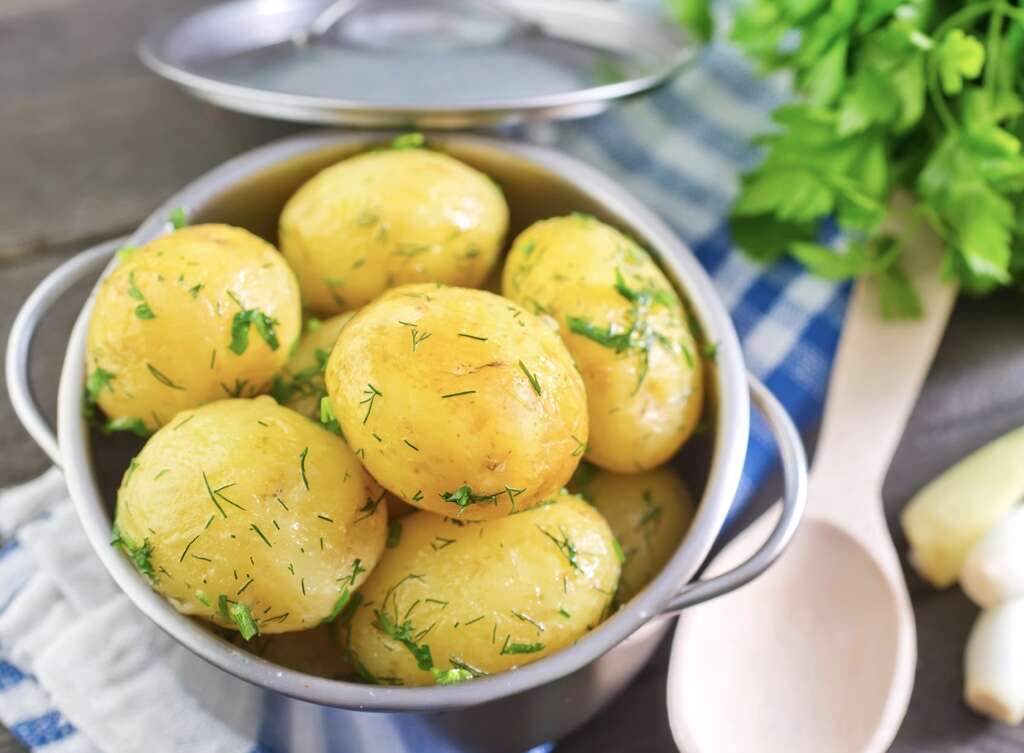
Food #2: Eggs
Eggs are a great low calorie, high filling food. In addition, there are numerous ways to incorporate eggs into one’s diet. They can be boiled, scrambled, eaten in a salad, or added to a sandwich.
Eggs are very full of protein, which may explain why they have a high satiety index. One large egg has 6 grams of protein. With these 6 grams of protein, the egg includes all 9 essential amino acids that are essential in everyday life functions. One study showed that eating eggs instead of a bagel for breakfast decreased caloric intake for the next 36 hours.

Food #3: Fish
Fish, like eggs, are packed with high quality protein as they too contain numerous amino acids. In addition, fish is rich in omega-3 fatty acids. One study found a link between omega 3 intake and the feeling of satiety in people who are overweight or obese. In addition, further studies on fish have indicated protein in fish may have a stronger effect on fullness than other sources of protein.
In addition to its high protein and high satiety index, fish is low in calories. Most fish sources, such as cod, flounder, and sole contain only 100 calories per 3 oz cooked portion. Even fattier fish sources such as salmon and mackerel are low calorie. They contain 200 calories per 3 oz serving. This makes fish a great source of nutrition.
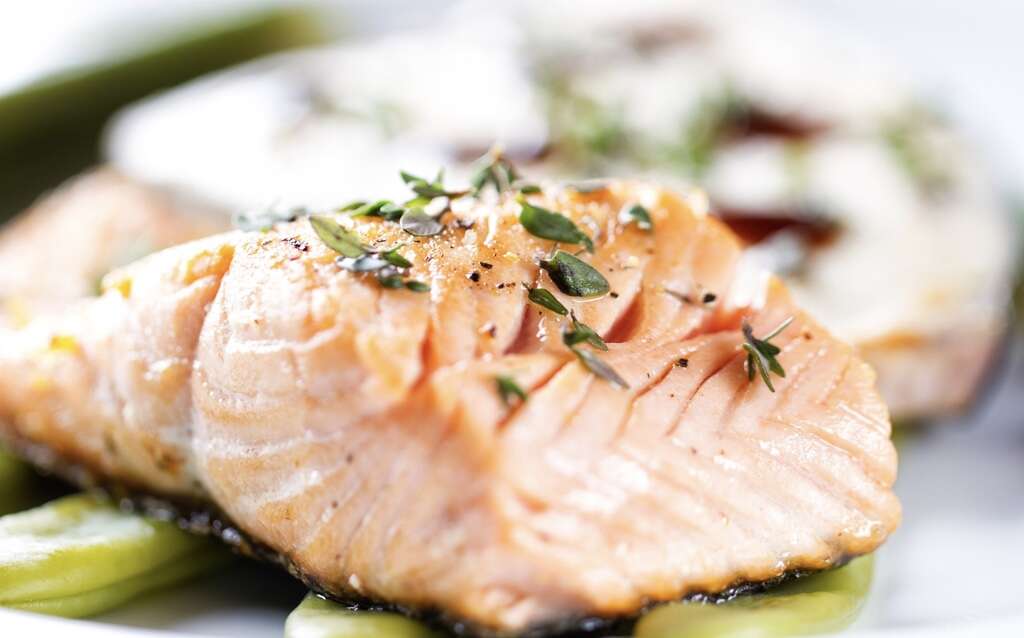
Food #4: Oatmeal
Oatmeal is a great go to meal for breakfast. Oatmeal is a great source of fiber and is very low in calories. In addition, it can be easily paired with fruit or peanut butter to add on more health benefits.
One study found just one serving of instant oatmeal decreased the desire to eat in comparison to honey nut cheerios. The reason behind oatmeal high satiety capabilities deals with its high fiber amount. In addition, oatmeal’s viscosity may have an effect on its satiety factor. Studies suggest foods with a high viscosity may stimulate the release of appetite regulating hormones.
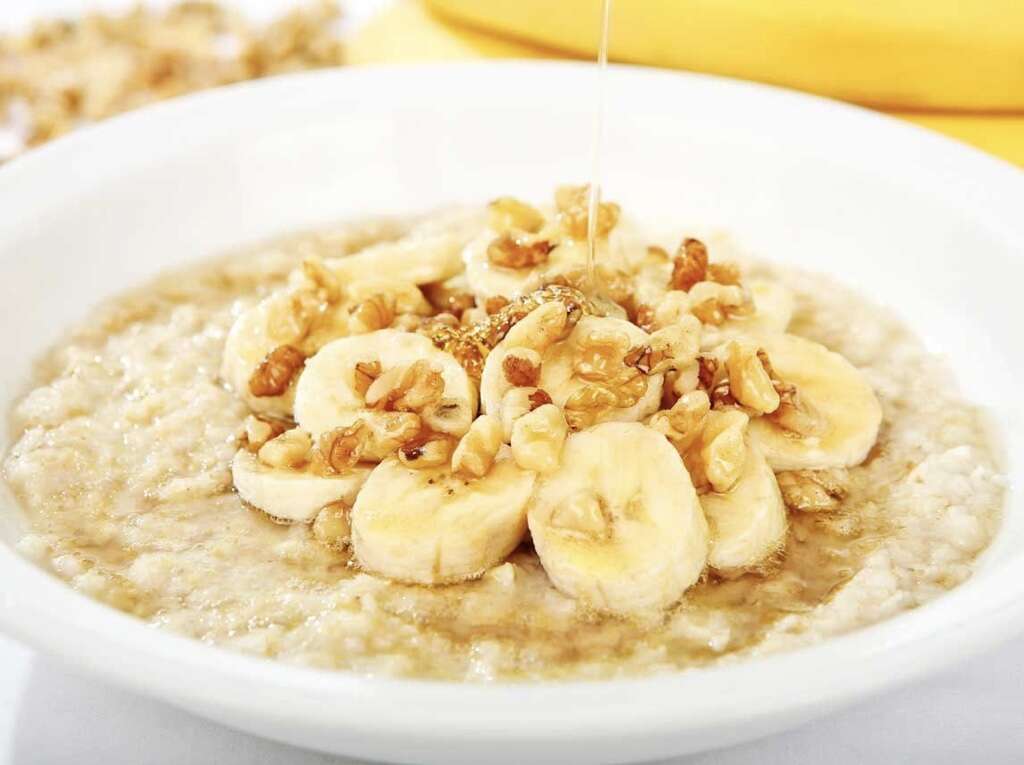
Food #5: Peppermint Tea
Of course tea is not a meal replacement, but for anyone who is considering shedding some pounds, peppermint tea may be helpful in reducing one’s daily caloric intake. It is a good idea to drink a cup of peppermint tea with a meal because the tea will have you feeling full longer and quicker during the meal. Thus, you are less likely to overeat and reach for a snack or another meal as you will be full longer.
In addition, the great thing about this tea is that it has no calories. Thus, if you wish to grab 2-3 cups a day you do not have to worry about the high calories you would get from drinking a soda or a high sugar coffee beverage.
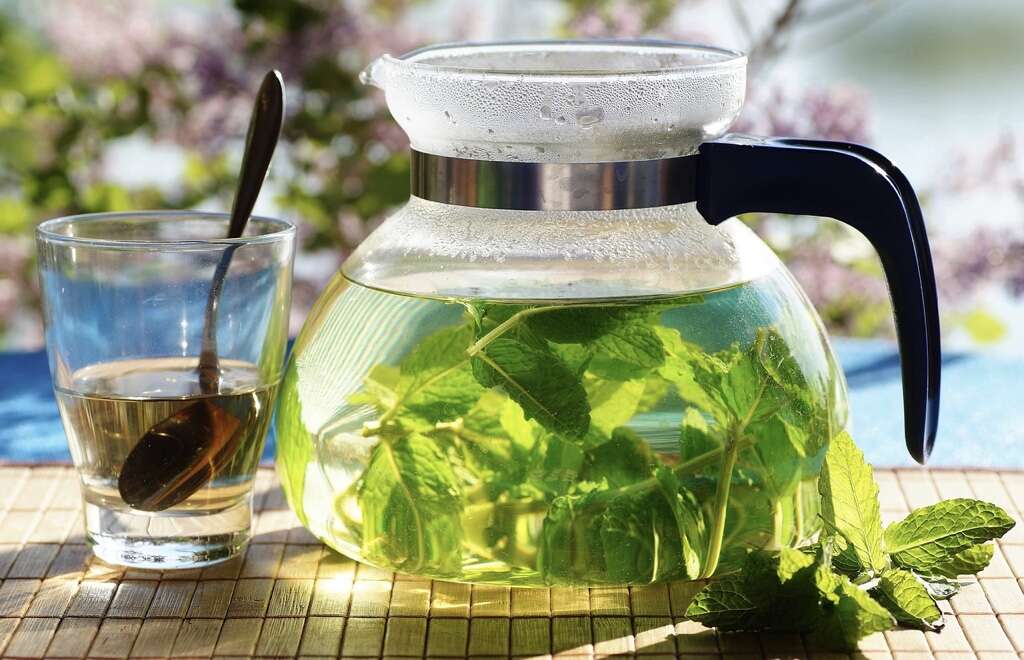
Food #6: Vegetables
Since childhood, we have all been told to eat our vegetables. As much as children and even adults oppose the food, vegetables are loaded with vitamins, minerals, and fibre.
As mentioned above, foods high in fiber tend to have a high satiety index. This is because fiber slows the process of digestion and tends to be high in water volume which tells our body we are full. Vegetables are incredibly low in calories with around 15-25 calories per serving. For those who get bored with vegetables, adding hummus, garlic powder, or pepper flakes to the snack can amp up the flavor and keep it low calorie.
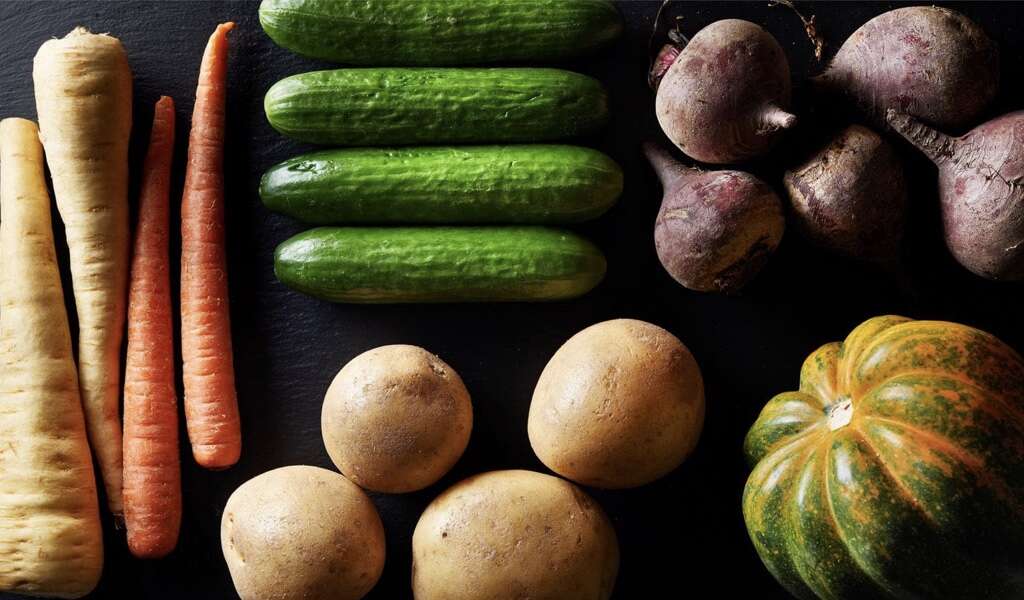
Food #7: Cottage Cheese
Cottage cheese is not only low in calories, but it is also low in fat and carbohydrates and rich in protein. A ½ cup of cottage cheese contain 12 grams of protein at just 90 calories. Cottage cheese can easily be paired with honey, brown sugar, or any type of fruit.
It was suggested in one study that compared the filling effect of cottage cheese to other animal products that this high protein content is comparable to eggs and chicken breast. Thus, individuals who do not eat meat and are looking for a protein source could really benefit from adding cottage cheese to their diet.
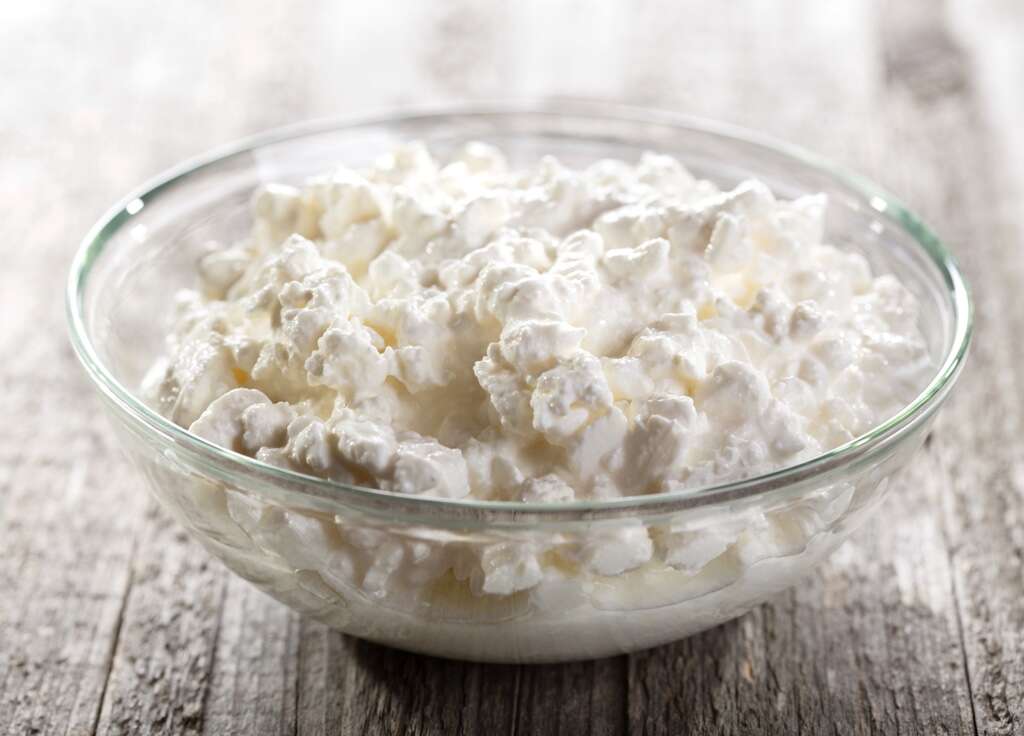
Food #8: Legumes
Legumes are a family of plants that produce pods with seeds inside. Legumes are great sources of fat, protein, and carbohydrates. The more commonly consumed legumes include chickpeas, black beans, lentils, and peas. All have a different nutrition profiles, however, overall the family is low calorie and very filling.
One study found that the consumption of legumes was more filling post meal in comparison to bread and pasta. In addition, because legumes are such as big family, there are many ways to incorporate them into your diet. They can be added to rice bowls, salads, quesadillas, sandwiches, and even seasoned and eaten alone. Regardless numerous options exist!
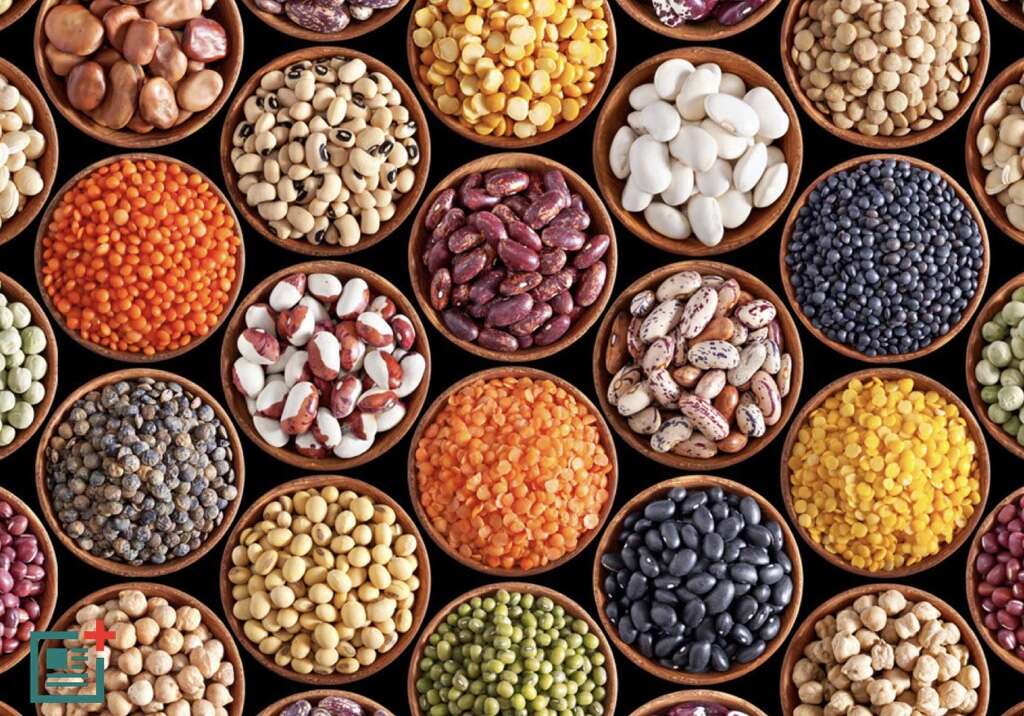
Food #9: Soup
Soups are great, they are easy to whip up and the warm feeling makes you feel as if you are at home. In addition, numerous studies have shown that people who include broth based soups in their diet will consume lower amounts of calories during the meal and post meal as well.
Try making a broth based soup and throwing in veggies and even potatoes and it will amp the fiber benefits that will make you feel full all the while consuming low amounts of calories.
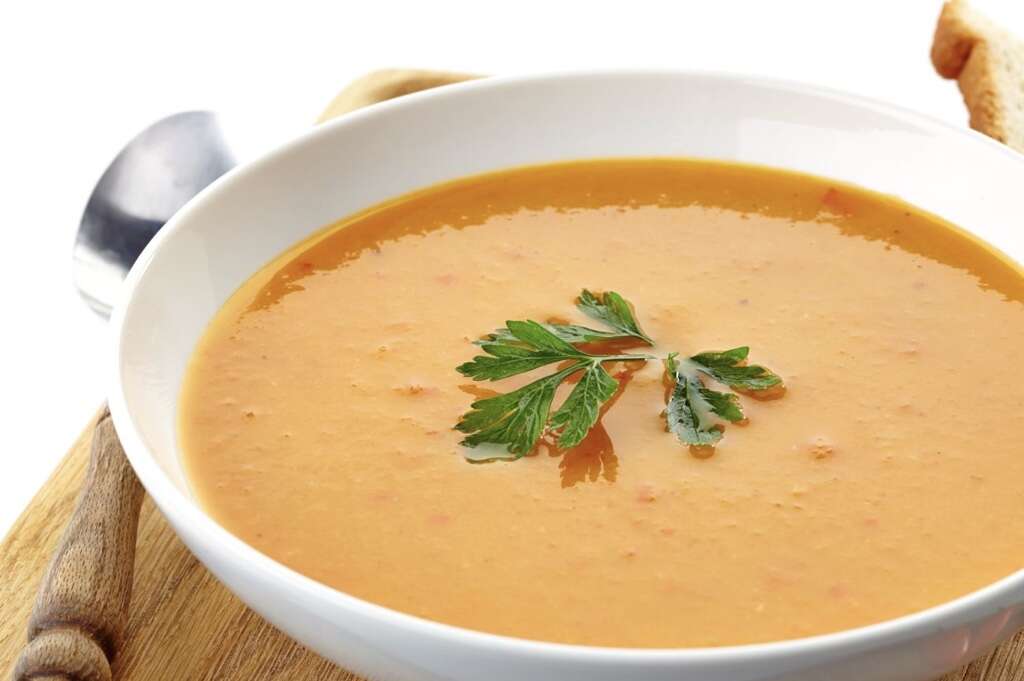
Food #10: Tofu
Tofu is made from soy beans and is a very popular food source for vegans and vegetarians. Tofu is very high in protein and low in calories. Tofu is also high in iron, which is important for proper red blood cell production. Anemia, due to low iron in the diet, is the most common cause of anemia. Thus, making sure iron foods are a part of the diet is essential. Especially for non-meat eaters.
In one study that compared tofu and chicken consumption, it was found participants consumed less calories and reported a higher feeling of fullness and satisfaction in comparison to when they ate chicken. This is great news, especially since tofu tends to be lower in calories in comparison to a serving of chicken.




